Skin cancers, including basal cell cancers and squamous cell cancers, are the most common cancers in the United States, affecting more than 4 million Americans every year.
Skin cancers are over two times more common than all other cancers combined. They are also increasing faster than all other cancers combined. Every 10 seconds an American citizen turns 65 years old, and it is estimated that over half of these individuals will eventually develop a skin cancer. In addition, once a person develops a skin cancer he or she is twice as likely to develop another skin cancer in the future.
Traditional treatment of established skin cancers almost always involves surgery, usually MOHS surgery. MOHS surgery is a treatment where the tumor is microscopically examined at the time of excision to be sure that tumor has been completely removed. Normally performed by a specially trained dermatologist, MOHS surgery can leave a large skin and soft tissue defect, much larger than the original skin cancer appeared, as many times the cancer will extend far deeper and wider than it appears on the surface of the skin. These defects can be especially cosmetically deforming in areas such as the face. Plastic surgery may be necessary to help correct these defects, but even with the expertise of a plastic surgeon, the outcome can be less than perfect. Patients can be left with large scars and prolonged recovery.
Fortunately today there is another choice, superficial radiotherapy (SRT). The SRT-100 is a new technology that uses low energy radiotherapy to eliminate the skin cancer. It is a safe and painless treatment that only takes a few seconds to perform; the treatment goes no deeper than the thickness of the skin. This treatment is highly effective as the superficial x-rays are concentrated very close to the skin and skin cancers are exquisitely sensitive to this type of treatment. The skin cancers normally take several treatments to be eliminated. During these treatment sessions, the skin cancer is destroyed by the radiotherapy while the other surrounding skin cells are not destroyed. Normal skin cells are able to repair themselves following the treatment while the skin cancer has little ability to repair itself and is simply eliminated.
In our office, we have treated well over 300 lesions on over nearly 300 patients since 2013. We have had only 3 cancers that either returned or did not respond to the radiotherapy treatment. The SRT-100 manufacturer claims that since this technology was introduced in 2005, the combined data from submitting physicians shows over a 95% cure rate. This is very similar to the cure rate of MOHS surgery which is also typically around 95% or greater.
Superficial radiotherapy treatment is a highly effective treatment that leaves no surgical scars, has minimal down time and recovery, and only takes a few seconds to perform. Now that is what we call “good technology.”
Dr. Sofonio is board certified in plastic and reconstructive surgery and can be reached at (760) 341.5555. For more information visit drsofonio.com. He is also a member of Desert Doctors. For more information visit DesertDoctors.org or call (760) 232.4646.



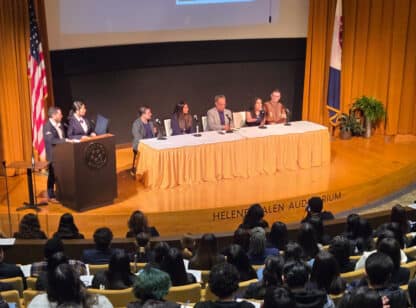
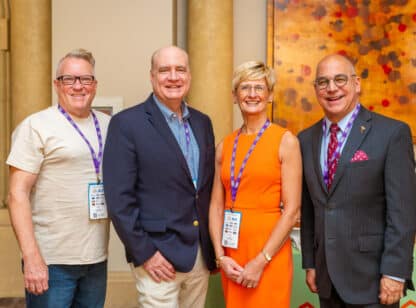
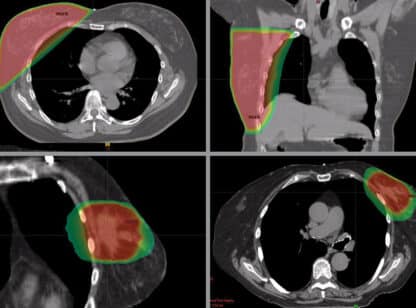








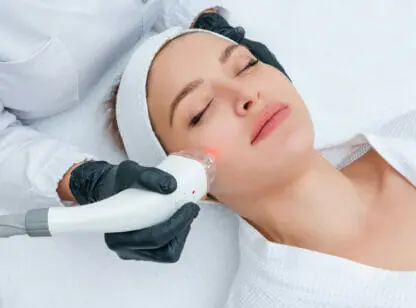




















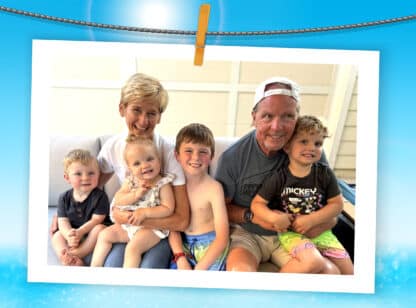


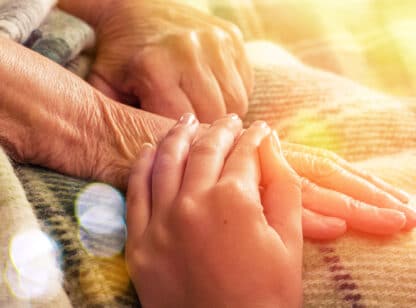






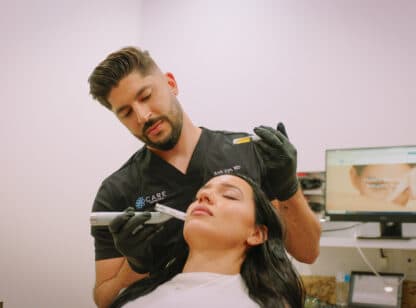
Comments (0)